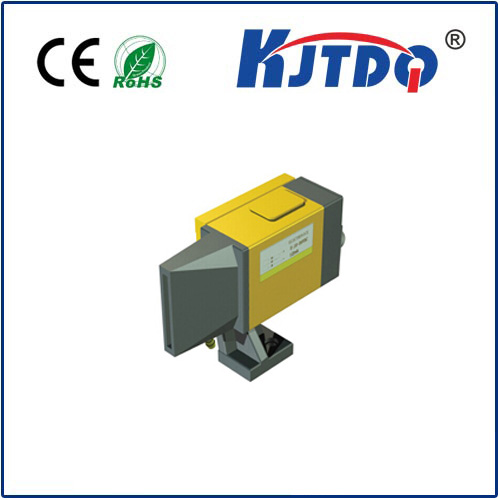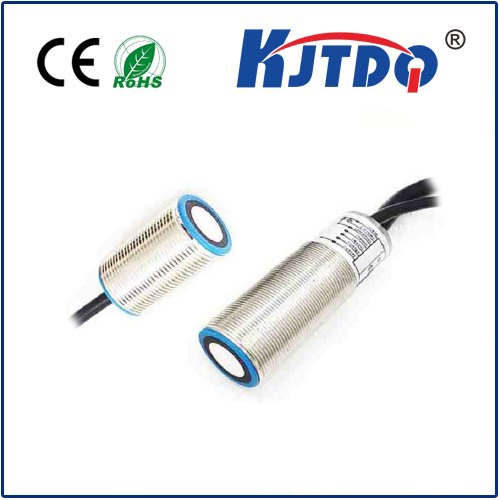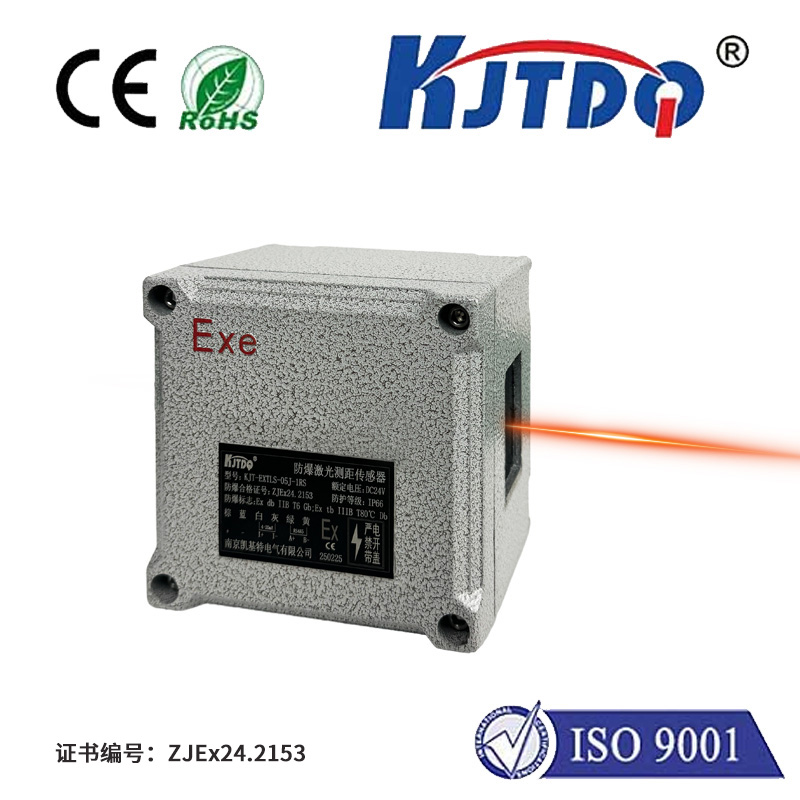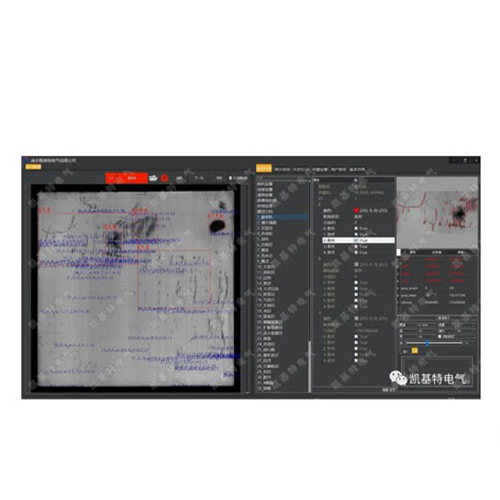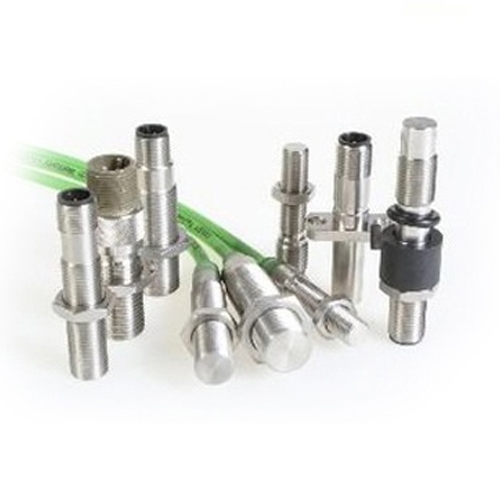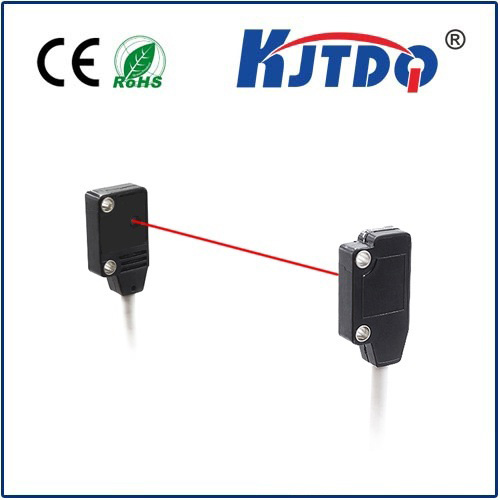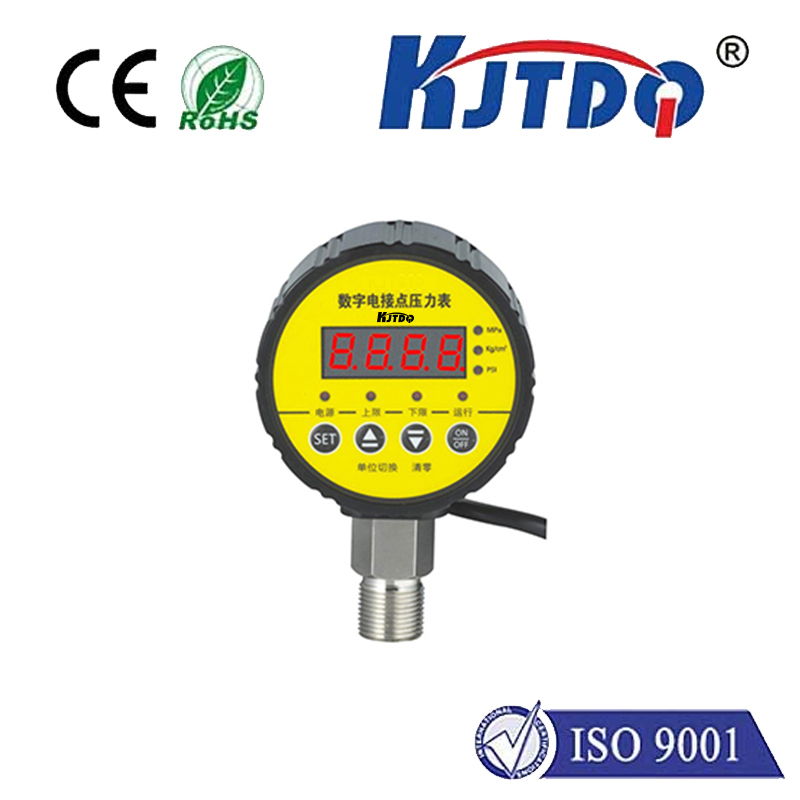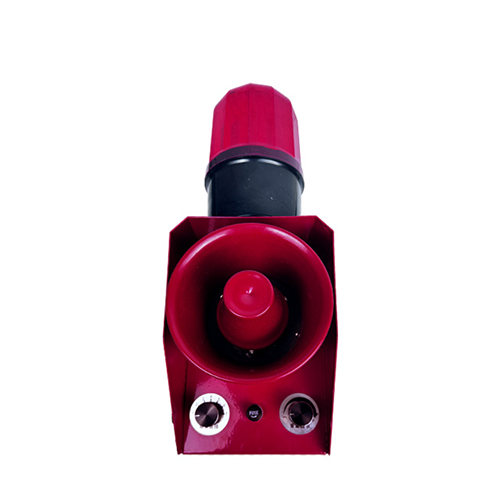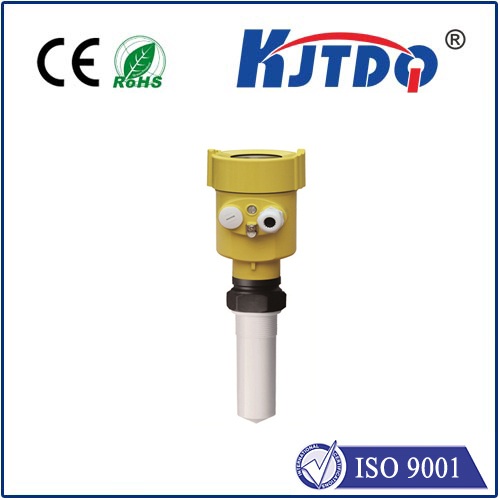

check

check

check

check

check

check

check

check

check

check
Introduction:
The market for proximity sensors, particularly the PnP (Push-In) type, has grown significantly in recent years. This is due to their versatility and ease of use in a variety of applications. However, one of the critical factors that consumers often consider before making a purchase is the price. In this article, we will discuss the various elements that influence the cost of PnP no proximity sensors.
Components and Materials:
The cost of a PnP proximity sensor can vary depending on the components used. For instance, higher-end models may incorporate more advanced sensing technologies or utilize premium materials, thereby increasing their cost. Similarly, different types of PnP sensors can have varying levels of precision and accuracy, which can also affect their pricing.
Quality and Reliability:
Another significant factor that impacts the price of PnP proximity sensors is their quality and reliability.sensors with superior performance characteristics tend to be more expensive but also offer better accuracy, longer lifespan, and reduced maintenance requirements.
Market Competition:
The competition in the proximity sensor market can also influence prices. When there are many manufacturers producing similar products, it can lead to lower prices as companies try to attract customers by offering lower prices. On the other hand, a lack of competition or a dominant player in the market can result in higher prices due to the company's ability to set prices without much competition.
Shipping and Distribution Costs:
The cost of shipping and distribution can add another layer to the overall price of a PnP proximity sensor. Companies located in remote areas or those with high shipping costs may charge higher prices to cover these expenses. Additionally, international shipping fees can increase the price if the product being purchased is not available locally.
Customization Options:
Some PnP proximity sensors may come with customization options such as different sizes, pin configurations, or output signals. These added features can increase the cost of the sensor but may also provide greater flexibility for specific applications.
Conclusion:
Understanding the various elements that contribute to the cost of PnP no proximity sensors is essential for consumers who want to make informed purchasing decisions. By considering factors like components and materials, quality and reliability, market competition, shipping and distribution costs, and customization options, you can find the perfect sensor that meets your needs while staying within your budget.
